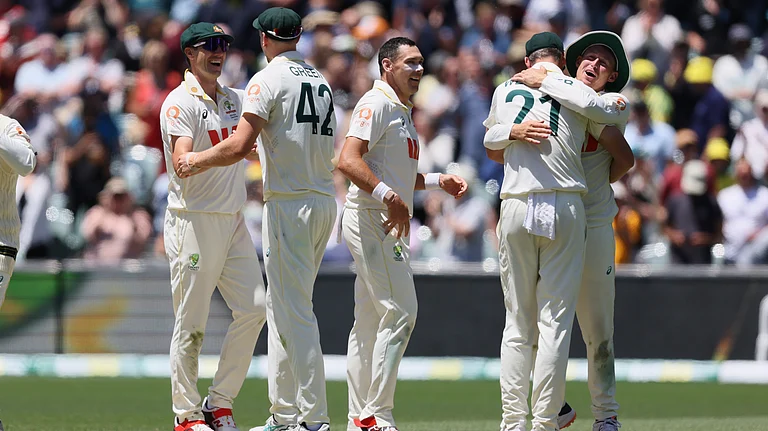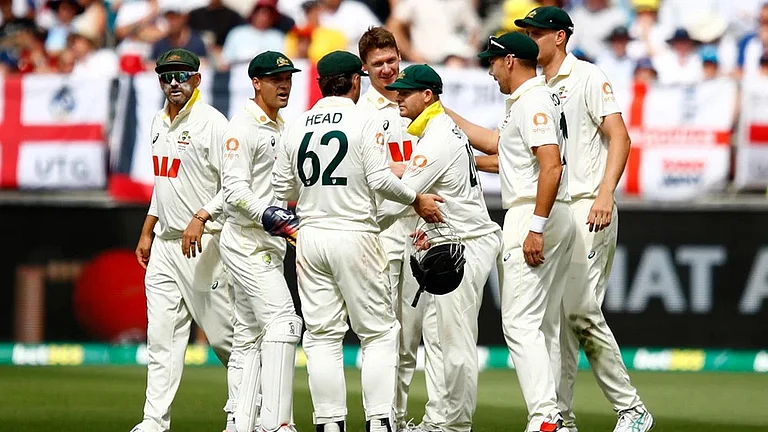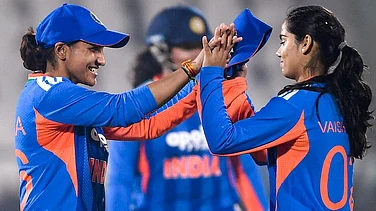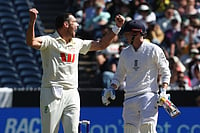Cricketers enduring injury have often shown remarkable bravery in Test matches, even batting one-handed to support their team. England bowler Chris Woakes recently upheld this tradition of resilience. Despite a significant hand injury, he came out to bat on Day 5 of the fifth and final India vs England Test of the 2025 Anderson-Tendulkar Trophy 2025 series at The Oval in London.
Woakes' presence in the middle was necessitated after the dismissal of Josh Tongue, clean bowled by Prasidh Krishna in the 83rd over, with England still needing 17 runs. The 36-year-old dislocated his shoulder while saving a boundary on Day 1 of the match.
Historic Acts Of One-Handed Batting
Several cricketers have played one-handed in Test matches after sustaining injuries during play. Colin Cowdrey provides a memorable instance: in 1963, at Lord’s, he batted against Australia with a fractured arm, mainly holding the bat with one hand, which helped England save the match.
Malcolm Marshall also batted one-handed in 1984 with a severely fractured left thumb against England at Headingley, contributing vital runs in a partnership with Larry Gomes.
Graeme Smith is remembered for batting with a broken hand and injured elbow in the 2009 Sydney Test against Australia, in an attempt to save South Africa from defeat.
India's Anil Kumble famously batted with a broken jaw against the West Indies in 2002. While he technically used both hands, his contribution, despite being incapacitated, often appears among exceptional displays of courage. These instances contribute to cricket 'folklore'.
The Laws of Cricket do not forbid an injured player from batting one-handed, provided umpires agree the player appears fit enough to participate. These rare instances are remembered for the players' outstanding mental fortitude and have added to the lore of cricketing bravery.
Such moments also create tactical challenges for opposing captains, who must decide field placements and bowling strategies against handicapped batters.


























